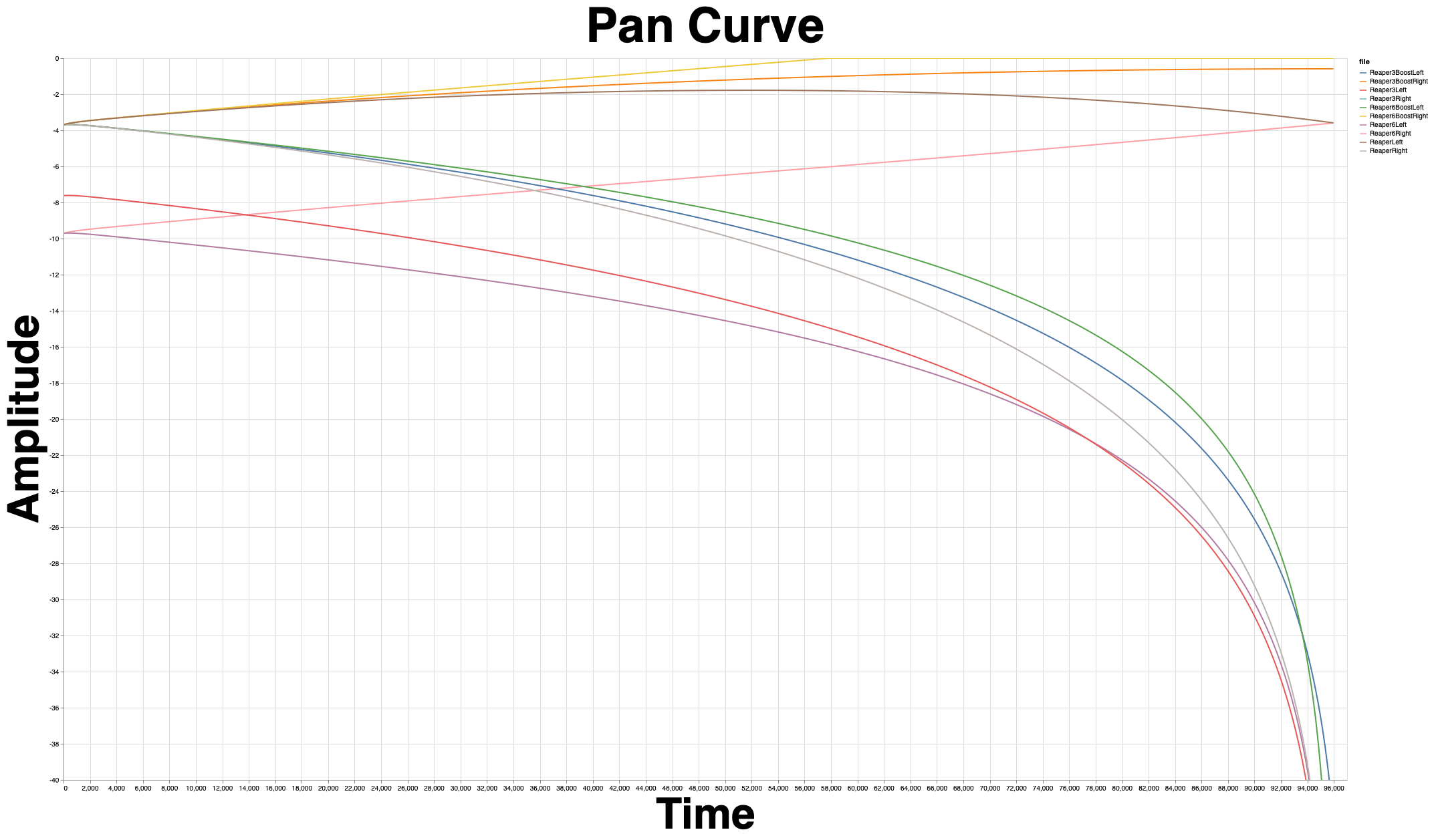
- #Ardour vs.pro tools how to#
- #Ardour vs.pro tools pro#
- #Ardour vs.pro tools software#
- #Ardour vs.pro tools trial#
#Ardour vs.pro tools how to#
Once you’ve picked which DAW you want to try, the next step is learning how to use it. It is one of the few DAWs that records at extremely high sample rates such as those achievable with the Roland Super UA interface. Reaper (Mac and PC) – Reaper is another DAW that is a solid choice for recording, mixing and mastering. DJs and performers make use of its unique session view to launch audio clips at the push of a button. Logic has excellent MIDI editing capabilities and is useful in theatre production when combined with its sister program, Mainstage.Ībleton Live (Mac and PC) – Ableton Live is a DAW with a large emphasis on live music production. Logic (Mac) – Essentially the big brother of Garageband and another solid choice for studio recording, mixing and mastering.
#Ardour vs.pro tools pro#
One of Pro Tools more handy features is the ability to manually edit audio wave forms within the track view, rather than having to export it to another program. You’ll find Pro Tools in most professional studios around the world. Pro Tools (Mac and PC) – Pro Tools is the “industry standard” DAW for recording, mixing and mastering. Here are some of the more popular DAWs with a brief explanation:
#Ardour vs.pro tools trial#
If you want something with a bit more than just the basics, most DAWs have a free trial period in which to try them out. There are great free options like Ardour or Podium Free that come with all of the basic tools you’ll need to get started.
#Ardour vs.pro tools software#
If you have a Mac then you’ve already got a powerful piece of recording software on board with Garageband. DAW is just the technical term for recording software. The next thing you’ll need to decide when getting into computer recording is what Digital Audio Workstation or DAW to use. How To Integrate Multiple Devices On Your Mac DAW As long as you take good care of your computer and make sure to run regular virus scans (yes, Macs can get viruses too), you’ll be fine. Go with the platform you are most comfortable with as it doesn’t make a lot of difference. You may be asking whether to get a Mac or PC. There is nothing worse than losing all of your work because of a faulty drive. Always back up your projects to external drives. You can always move the project to an external drive later on when you need more space on your internal drives. Using them while recording can lead to crashes.

This is because external drives have slower read and write speed.

If you can, try to record to an internal hard drive. The more hard drive capacity you have, the longer you can record for.At the time of writing, 8 GB of RAM is the minimum you will need for a decent recording system, 16 GB or more is better. 64-bit software allows you to make the most of your RAM. RAM is the most limiting factor on the amount of tracks and plugins you can run at one time.If you want to record with large track counts and many plugins, try and aim for at least a decent quad core CPU. A CPU with a higher core count deals better with more processes running simultaneously.However, three things will determine the maximum workload capacity of your system. Even cheap desktop and laptop computers should be able to handle a recording project from recording through to mix and mastering. To get into computer music production, the first thing you’ll need is not surprisingly, a computer.



 0 kommentar(er)
0 kommentar(er)
